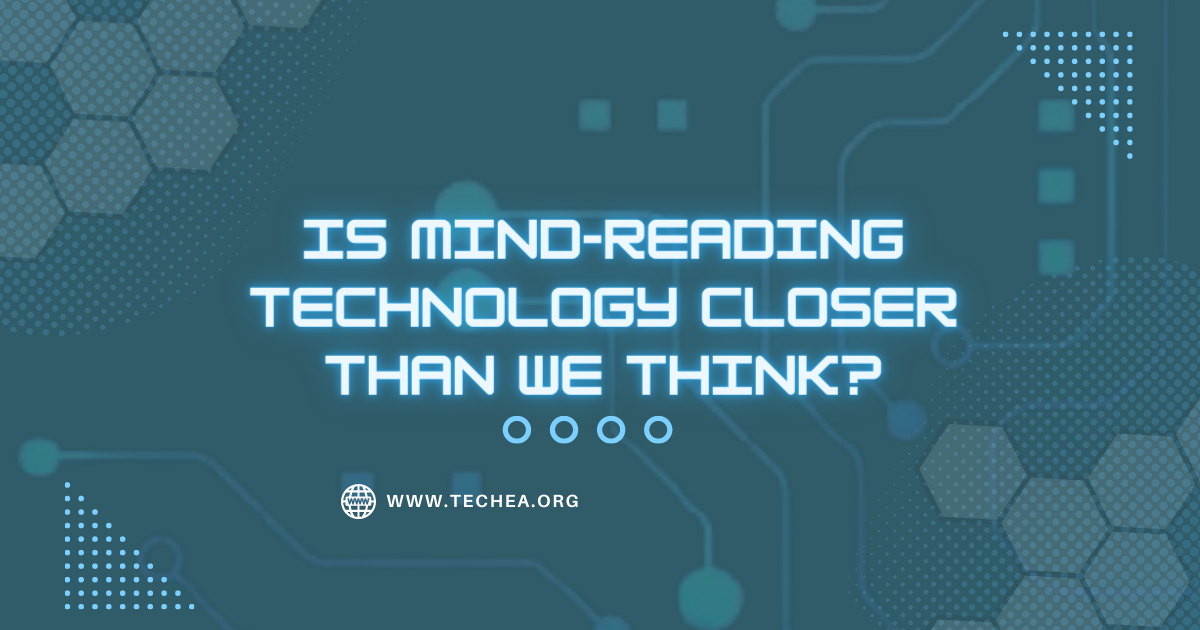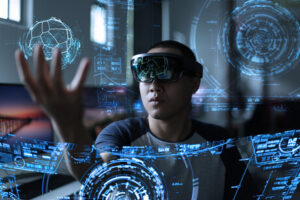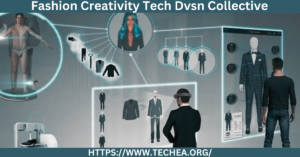Introduction
The Interest in Mind Reading Technology
In a phase of never-before-seen technical growth, a particular concept has attracted the interest and excitement of scientists, philosophers, and anyone who is interested alike: Is mind-reading technology closer than we think? The idea of connectivity, which was long strictly limited to the environments of stories about science, is now moving closer to reality with the inclusion of mind-reading technology, generating discussions about the limits of human intellectual ability and the prospective opportunities for connection that it establishes.
Defining Mind-Reading Technology
Mind-reading technology is based on the understanding of neurological patterns and signals to get insights into an individual’s opinions, emotions, and intentions, thereby removing the requirement for conventional spoken or written communication. Researchers and technologists are attempting to discover the silent dimensions that make up human awareness by diving into the complicated dance of connections between neurons and synapses within the brain.
Current situation and most recent changes
In recent years, much progress has been made in learning the unexplained workings of the human mind. Relationships between neuroscience researchers, engineers, and computer scientists have resulted in interesting achievements that help close the brain-machine distance. These advancements, based on the ever-changing different fields of neuroscience, neural networks, signal processing, and artificial intelligence, bring us closer to mind-reading the advancement of technology.
Importance of Mind Reading Technology

Modernised Telecommunications.
Improving nonverbal communication
Consider a world where emotions, thoughts, and ideas may be expressed without the restrictions of language. Mind-reading technology has the potential to bring about a new era of communication in which the complicated nature of human emotion is directly transmitted, removing the constraints of language and promoting connections that connect on a basic level.
Helpful Communication for Disabilities
The development of mind-reading technology offers an opportunity to give those with communication disabilities a voice. These technologies, by making direct brain communication possible, could make it possible for people with problems to communicate their ideas and wants, improving their quality of life.
Advancing Medical Diagnosis and Treatment

Understanding brain problems
Mind-reading technology can detect the early beginnings of brain issues, which is nothing short of a revolutionary movement. Understanding the modest variations in brain activity associated with issues like Alzheimer’s or Parkinson’s disease may allow medical specialists to make modifications at the earliest stages, perhaps influencing the course of these destructive diseases.
Brain Treatments
The idea of recovering damaged movement abilities through mind-reading technology can be beneficial to people who have had an accident that caused a stroke or paralysis. These technologies, which provide interfaces that transform brain function intentions into physical motions, have the potential to help with the treatment and make it possible for individuals to come back in control of their bodies through technology.
Human Potential Undiscovered
Increasing the rate of learning and training
Consider the accelerated progression of learning changes across multiple fields of interest, made possible by the direct brain involvement that can occur. By getting into the huge quantity of information contained within the brain, mind-reading technology might speed up a person’s development of new talents, ranging from learning an additional language to understanding difficult arrangements of music.
Innovation and creative thinking improvements
Mind-reading technologies have the potential to provide knowledge about the birth of unique ideas by pushing the basis of imaginative thinking into the brain. This might release a piece of technology into the golden age as people and teams develop an improved understanding of the brain mechanisms that promote creativity.
The Benefits of Mind-Reading Technology

Brain Improvement
BCIs (brain-computer interfaces)
BCIs are at the top of the list of mind-reading technologies since they directly connect the brain to other technological equipment. These user interfaces have the potential to completely revolutionise human-computer interaction by allowing people to control technology with their minds, communicate with one another, and even disrupt the internet-based commercial sector.
Memory and learning development
Consider a world in which improved memory is a reality. Mind-reading technology might improve learning experiences and the ability to recall them by understanding the patterns of the brain involved with the formation of memories and recall, improving education and skill development.
Medical Discoveries
Early Mental Health Issue Detection
The knowledge and understanding that are supplied by mind-reading technologies have the possibility of permanently changing the current state of mental health treatment. Health care professionals are able to identify potential issues before feelings show by recognising completely different brain fingerprints associated with mental health diseases, which allows for forward-thinking prevention and intervention.
Recovering Movement for Paralysed People
For people who are paralysed, mind-reading technology promises an opportunity to recover movement. These technologies might transform intentions into actions by reading brain-based instructions, which allow previously thought-impossible movements.
Improved Technology User Experience
Interfaces that are controlled by thought
The conventional method of interfaces may be overtaken in the next few years by thought-controlled possibilities, in which gadgets respond to mental stimuli. Specifically, making input from the body redundant The result could lead to smooth relationships with technology, such as browsing through articles and developing messages using only the power of the mind.
Personalised Content Delivery
By personalising experiences depending on the user’s mental state, preferences, and brain reactions, mind-reading technology has the opportunity to completely transform information delivery. This extremely unique strategy has the potential to usher in a new era of engagement and enjoyment.
Technological Advancements in Mind Reading

Advances in Electroencephalography (EEG)
Brain mapping with high accuracy
Researchers may now use electroencephalography (EEG) to create complete brain maps that show the global distribution of brain activity. The findings of this study add to our understanding of how thoughts and emotions show themselves in brain networks.
Processing of Brain Signals in Real Time
The capacity to interpret brain signals in real time is the most significant characteristic of mind-reading technology. The synthesis of the latest signal processing and computation techniques and machine learning technologies has enabled the brain to communicate with external devices in real time.
Functional Magnetic Resonance Imaging (fMRI) Improvements

Improved regional and short-term flexibility
The time and measurement accuracy of functional magnetic resonance imaging (fMRI) have both increased significantly. This makes it possible for researchers to capture more detailed images of brain activity, leading to a better understanding of more complex mental processes.
Combining fMRI with machine learning
The fusion of fMRI data and machine learning gets closer, providing an opportunity to solve challenging brain functions. We are steadily moving closer to understanding the complex workings of human thought processes through instructional materials and computer systems with the ability to recognise signals from the brain linked to specific mental processes.
Ethical and privacy considerations

Data security and informed permission
Getting Permission for Mind-Reading Studies
As we enter the area of mind understanding, getting informed permission takes on extra dimensions. In the ethically responsible advancement of mind-reading technology, it is essential to ensure that individuals are fully informed of the possibilities of sharing their neurological data.
Ownership of Neural Data
The ownership of brain data is a complicated and different subject. Finding a happy medium between individual privacy rights and the overall benefits that come from technological advancement and research is a difficult task that requires a great deal of thought.
Privacy challenges and neurosecurity
Following Unauthorised Access to Thoughts
In the age of mind-reading technologies, neurosecurity has become an extremely important issue. In order to protect the importance of ideas, brain data must be protected from evil intent and unauthorised access using highly secure encryption and privacy and security ways of doing things.
A Misunderstanding of Brain Information
As with any technology, the possibility of improper use remains big in this world. To avoid the control of ideas, emotions, and intentions for evil, it needs strong legal structures, rules, and regulations.
Challenges and Limitations
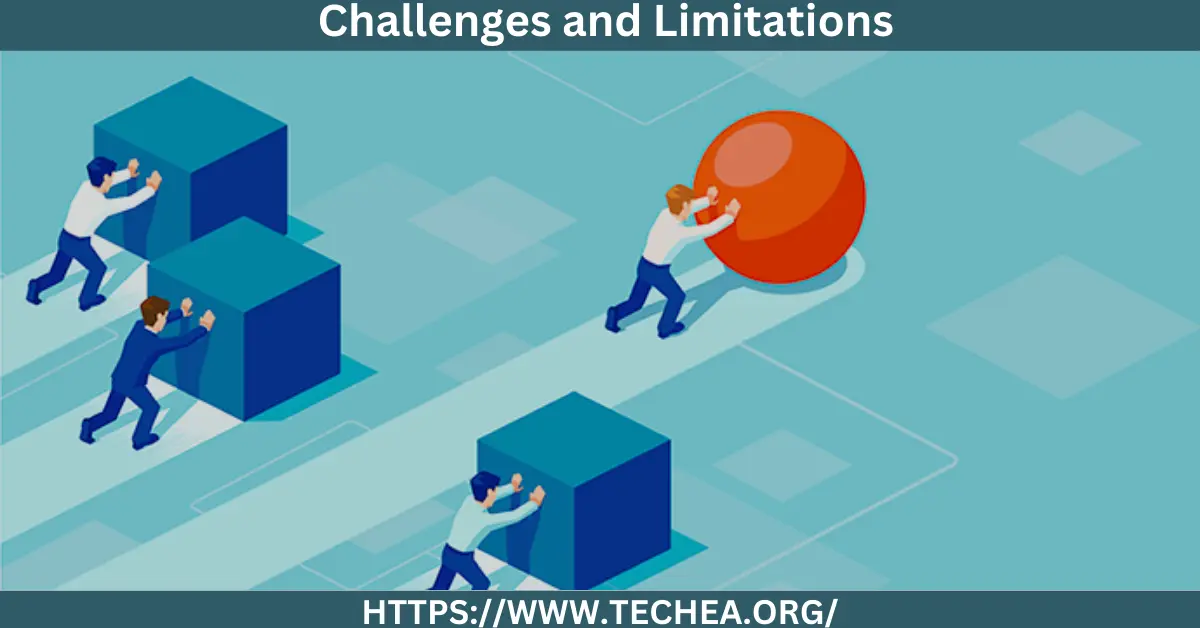
Human Thought: Complexity and Understanding
Multifaceted nature of thoughts
Human ideas are a complex arrangement of more complicated patterns and relationships, not something that is singular. Understanding this complication demands not just technological expertise but also a greater knowledge of the relationships between neural networks and their surrounding systems.
Individualised brain variation
No two brains are exactly the same, and this neuronal diversification complicates the development of broadly applicable computational methods. Accounting for differences among people in brain patterns is a challenge that researchers will have to overcome.
Technological Hurdles
Signal-to-noise ratio improvement
The process of decoding brain signals frequently requires distinguishing between important signals and noise from the surrounding environment. Improving the signal-to-noise ratio has become essential for obtaining accurate knowledge from brain input, which requires improvements in computational signal processing techniques.
Challenges for Real-Time Processing
Overcoming processing limits needs to be performed for real-time communication between the brain and devices outside the brain. The importance of being able to perform quick analysis and reaction represents information technology demands that must be focused on for smooth operation.
Ethical Issues
Violation of mental privacy
The ethical issues of understanding the workings of the interior of the mind are important. The concept of maintaining mental privacy comes into contact with the possibility of interference, generating questions regarding the limits that exist between the person and outside organisations.
Thought control without intention
When the possibility of intentional control is taken into account, the ethical balance becomes much more perilous. The most important obstacle is to guarantee that technology preserves every person’s independence and does not allow for excessive influence.
Future Impact and Possibilities
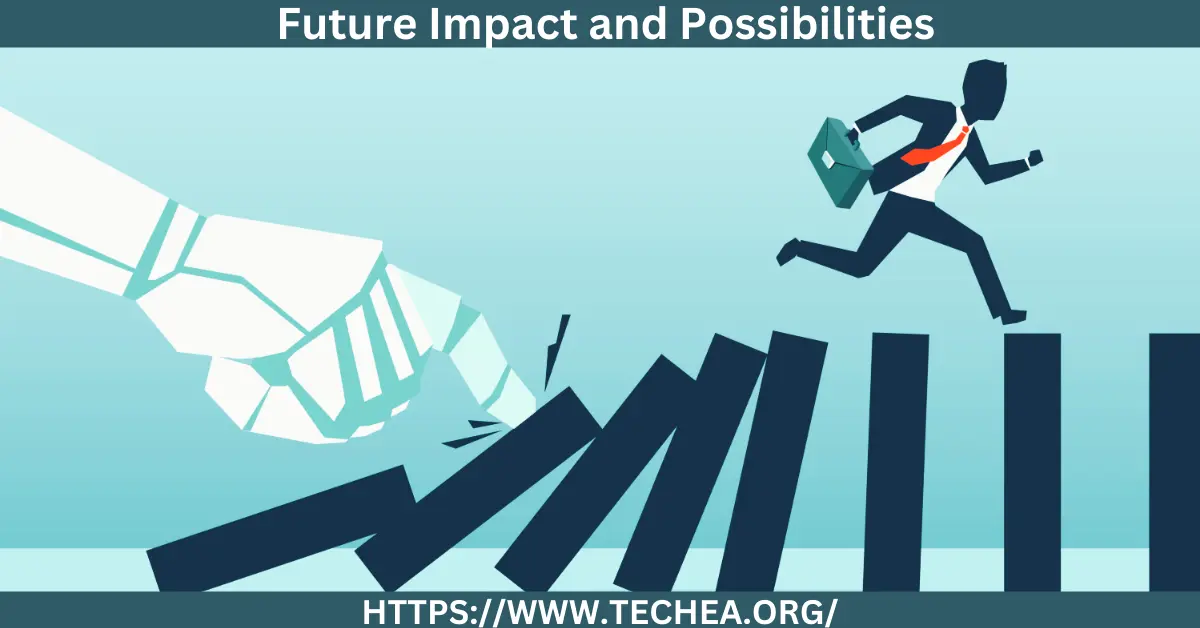
Mind-Linked Communities
Sharing emotions and experiences
Consider a worldwide society that is linked by an interconnected network of ideas and emotions. Mind-reading technology might offer extraordinary sharing of experiences, improving understanding and feelings of empathy.
Collective Decision-Making
Mind-reading technology is mutually beneficial, and this opportunity extends to team decision-making processes. By sharing brain-related inputs to the process, communities might make more well-informed and comprehensive choices that take into consideration the wide range of views they receive.
Education and learning revolution
Personalised Learning Paths
The classroom of the future may be able to break down conventional obstacles by providing personalised learning paths based on responses from the brain and preferences. This personalised technique has the opportunity to transform education as we know it.
Improved learning of skills
With the help of mind reading technologies, the development of challenging skills might take an exponential jump into action. People could extremely quickly absorb knowledge and successfully achieve challenging assignments by engaging directly with artificial neural networks.
Ethical Frameworks for Regulation
International Standards for Mind Reading
As mind-reading technology advances, worldwide cultural standards of ethics must be established. This provision would provide a complete framework to guide the proper development, implementation, and usage of these technologies.
Balancing Technology and Protection
The regulation must strike a fine mutually beneficial equilibrium between promoting development, protecting individual rights, and ensuring the well-being of communities. An effective balance guarantees that mind-reading technology helps with the continued development of the world around them.
Applications of Mind-Reading Technology
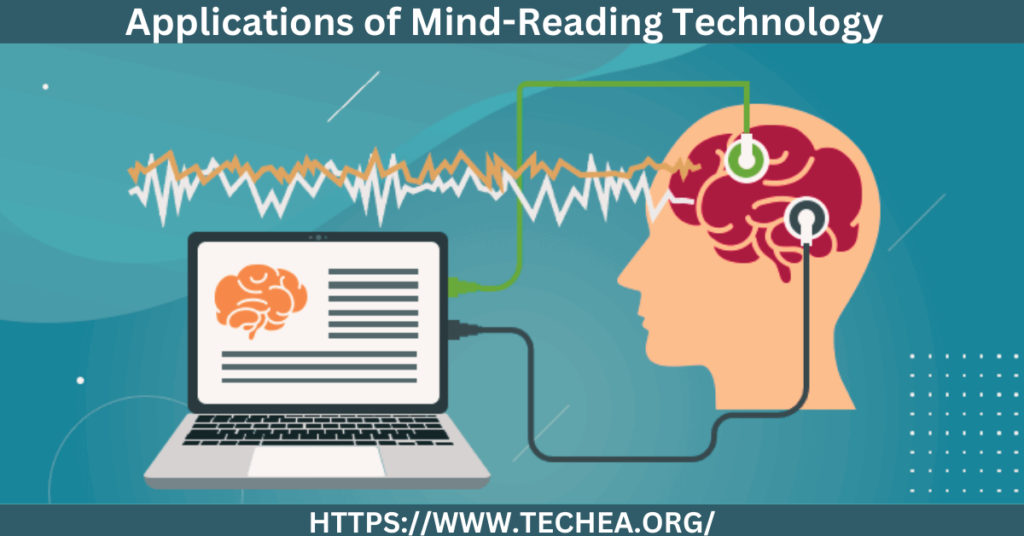
Healthcare and Medical Applications
Predicting and managing pain
Consider a medical situation in which pain may be expected and treated via artificial neural processing. This has the opportunity to completely change the management of pain by providing quick responses and personalised medical treatments.
Monitoring mental health conditions
Mind-reading technology has the potential to provide a real-time view of mental health problems. Individuals, healthcare providers, and other medical experts can collaborate to manage mental health by researching brain patterns and warning signs of mental health diseases.
Consumer information and brain marketing
Considering consumer preferences
Mind-reading technology could break down the secrets regarding human feelings and desires by looking into the subject matter of behaviour among customers. This knowledge might be used to generate highly personalised marketing campaigns.
Creating customised marketing campaigns
Companies might personalise campaigns that bring about emotional responses and engage with individual customers through the assessment of brain-based reactions to advertisements, optimising engagement and their effect on others.
Virtual reality and gaming improvement
Realistic Gaming Through the Brain Interface
The combination of mind-reading technologies and virtual reality might produce outstanding gaming experiences. Working with an internet-based environment through brain instructions has the potential to gradually dissolve the difference between the digital and real worlds.
Virtual environments that are emotionally responsive
Virtual reality environments that change according to the way an individual feels might produce highly immersive experiences that interact with the user’s emotions, promoting a more powerful relationship between the user and the material.
Mind Reading and Law

Legal Issues in Neuroscience
Providing Neuroscience Information in Evidence
The practical application of neuroscientific results to the legal process generates a number of complicated challenges. The quality, validity, and understanding of data from the brain become critical issues to consider when deciding whether such evidence is accepted by the courts.
Knowing Legal Responsibility for Brain Actions
As mind-reading technology advances, the issue of legal responsibility for activities understood by impulses in the brain emerges. In order to account for the complex connection that exists between brain activity and behaviour, the law is required to adapt.
Privacy Regulations and Brain Data
Changing Data Protection Laws to Protect Neural Information
The conventional methods for protecting information must be expanded to include brain data. Developing laws that protect neuronal activity privacy while not limiting technology is a tough balancing act.
Balancing personal privacy and public safety
When it comes to mind-reading technology, the relationship between public safety and personal privacy becomes more and more prominent. In order to achieve the correct balance, a policy that protects individual rights while at the same time ensuring collective security is required.
Global Collaborations and Research Initiatives
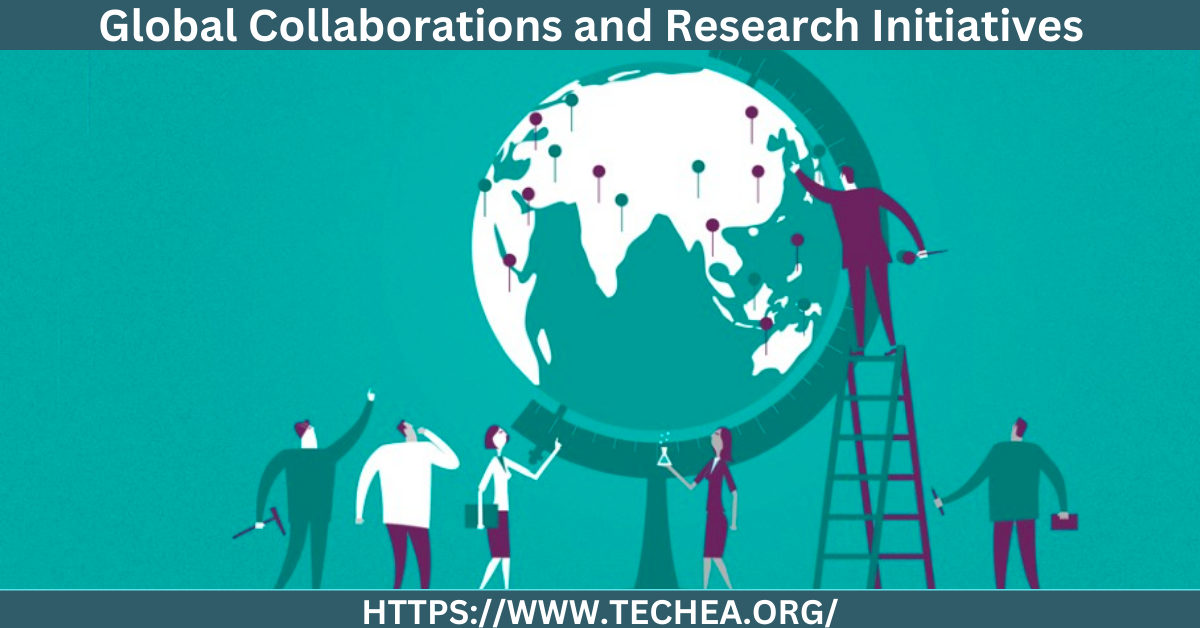
International Research Partnerships
Sharing Data and Insights for Progress
Global collaboration in mind-reading research might speed up development through the combination of data, insights, and skills. Researchers might overcome challenges and make developments by working across international boundaries.
Teamwork Efforts in Ethical Guidelines
As mind-reading technology crosses national boundaries, the development of joint ethical principles becomes extremely important. International agreements on ethical practises promote responsible growth in a variety of different cultural situations.
Government and industry involvement
Regulation and Investment in Mind Reading Tech
Governments and companies must work together to develop rules and regulations that promote technology while reducing potential risks. A significant investment in research and development and concerns about ethics set the stage for the smooth introduction of mind-reading technology into society.
Human-Machine Symbiosis

Exploring the Brain-Machine Relationship
Neural Flexibility and Technology Transformation
As mind-reading technology becomes more commonplace, the human mind’s extraordinary ability to demonstrate changes comes to light. The brain’s ability to form fresh connections between neurons in reaction to external interfaces has implications that are far-reaching for the integration of technology.
Ethical Issues in Neural Integration
The combined efforts of man and machine generate moral challenges that go beyond the limits of technology. It talks about the merging of mind and machine; questions of identity management, independence from society, and the fundamental nature of being human take centre stage.
Redefining Human Identity
Mind-machine interfaces blur
As the lines between the intellect of humans and artificial intelligence blur, a rethinking of human identity is on the horizon as well. Mind-reading technology challenges conventional understandings of being oneself, demanding deep thoughts on philosophy.
Philosophical and ethical considerations
The development of mind-reading technology forces us to think about the fact that we live in a world where the line between the physical and the immeasurable becomes progressively porous. Ethical issues like awareness, agency, and the nature of reality have returned to prominence.
Public perception and cultural influences
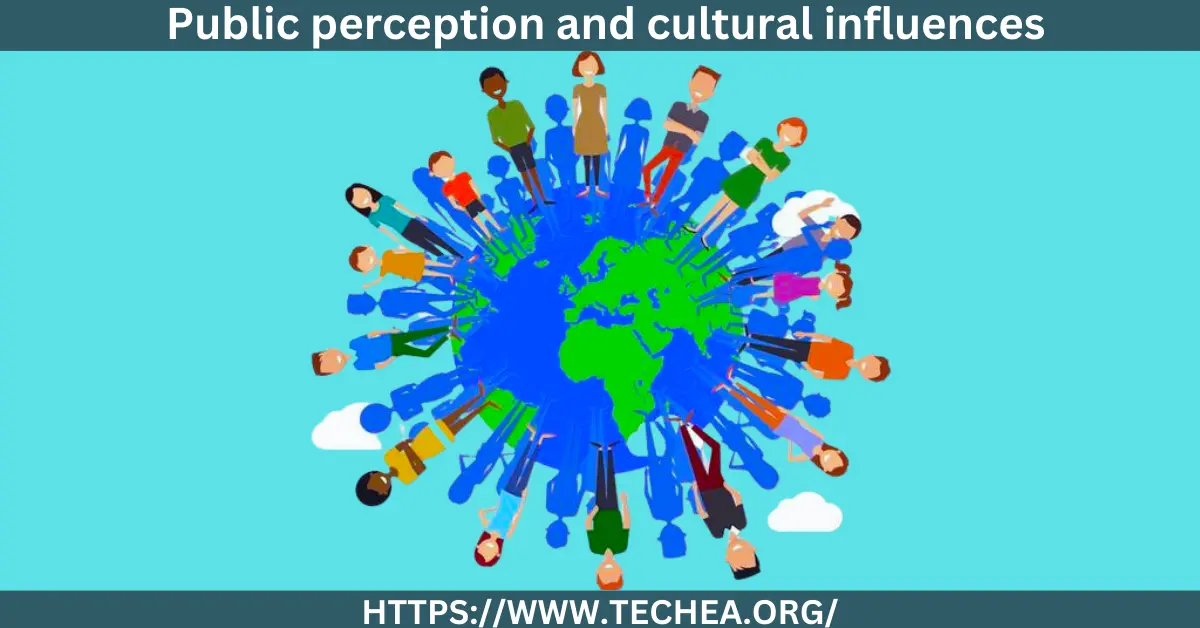
Mind-reading technology in the media
Changing public understanding and expectations
The media has had an important effect on popular perceptions about mind-reading technologies. Reasonable and accurate representations have become essential for closing the gap between reality and one’s own imagination and guaranteeing that expectations match advancements in technology.
Separating fiction from reality
It is important to know the difference between fictional representations and true advancements in technology. Individuals can be given the opportunity to make the difference between extreme reporting and the genuine possibilities of mind-reading technology through public awareness campaigns and educational activities.
Cultural Attitudes towards Mind Privacy
Diverse Perspectives on Mental Limits
Moral and cultural perspectives on mental privacy differ across countries. While some cultures might appreciate the possibility of connection, others may see mind-reading technology as attacking respected mental regions. Recognising and understanding these opposing opinions is extremely important.
Cultural Factors in Changing Neuroethical Values
Neuroethical beliefs have been significantly affected by different cultural backgrounds. While some communities value autonomy within themselves, others value social well-being. Creating regulations on ethics that account for these cultural differences assures that there is worldwide acceptance of mind-reading technologies.
Collaboration Across Disciplines

Interdisciplinary Research Teams
Neuroscientists, engineers, ethicists, and more
The complex nature of mind-reading technology requires collaboration between different disciplines. Neuroscientists, engineers, ethicists, professionals in psychology, and philosophers are required to work together to handle the complex difficulties and negative effects.
Holistic Approaches to Mind Reading Challenges
Teams of interdisciplinary experts provide complete perspectives on mind-reading issues. Researchers may produce complete solutions that transform technological, ethical, and social issues at the same time through the combination of results from many different fields.
Bridging the Gap Between Science and the Humanities
Ethical Philosophers and Neuroscientists in Dialogue
The relationship between the fields of science and ethics plays an essential role in determining the ethical environment of mind-reading technologies. Dialogues between ethical philosophers and neuroscientists contribute to improving our understanding of the ethical implications and possibilities associated with this type of technology.
Improve ethical debates with scientific insights.
The inclusion of scientific insights into ethical arguments adds additional complexity and credibility to conversations about mind-reading technologies. The working relationship between science and the humanities guarantees that decision-making regarding ethics is based on empirical evidence.
Technological Roadmap and Challenges
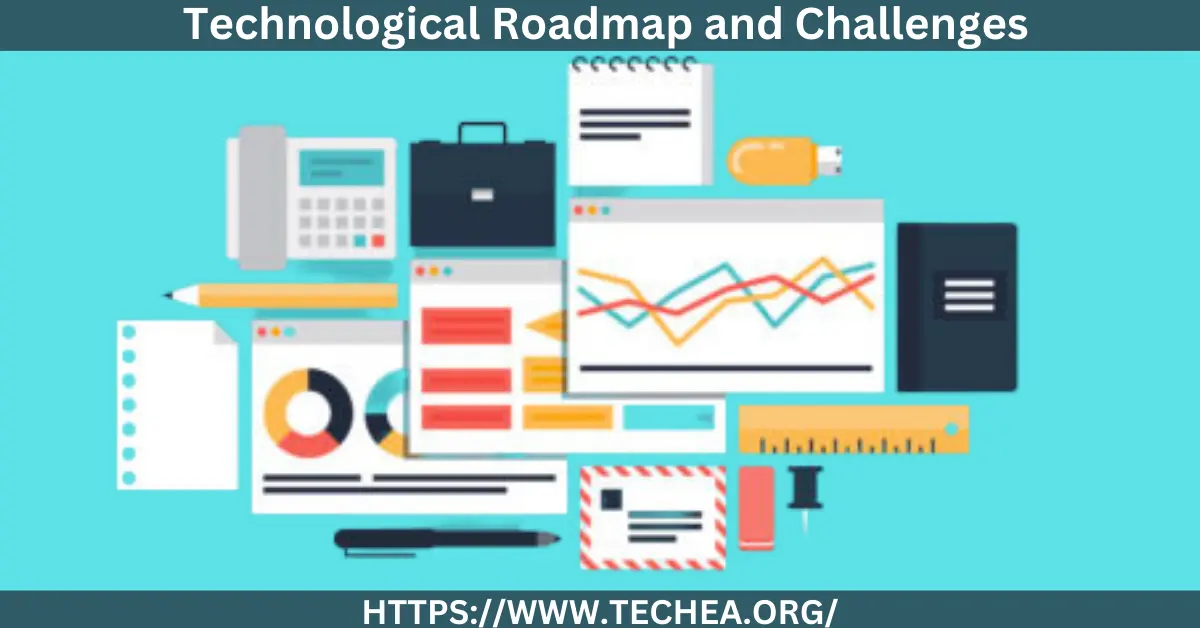
Short-Term Milestones
Improving Signal-to-Noise Ratio
Improving neuronal activity signal understanding efficiency is a demanding short-term goal. It needs to be done to improve computational methods for signal processing and methods for noise reduction in order to guarantee the reliability of mind-reading technology.
Refining Thought: Decoding Algorithms
Machine learning algorithms have to continue to progress in order to accurately understand brain patterns. To keep up with the level of complexity and different cultures of human thinking processes, algorithms must adapt.
Long-Term Vision
Seamless brain-machine integration
The perfect combination of brain and machine is the holy objective of mind-reading technology. As technological developments progress, the goal is to design user interfaces that are comparable to organic brain function pathways, allowing for intuitive and straightforward interaction between humans and technology.
Ethical Considerations in Neuro-Advancements
While technological advancement is clearly an exciting experience, the ethical considerations that accompany it must not be overlooked. Long-term visions for mind-reading technologies require continual argumentation, regulation, and protections that protect people’s humanity and independence from others.
If you’re concerned about safeguarding your thoughts and privacy, learn how to block mind-reading technology with these effective methods.
FAQs

What is “Mind Reading Technology Closer Than We Think” about?
Mind Reading Technology: Closer Than We Think explores the current state of advancements in mind reading technology and discusses whether we are nearing a point where it could become a reality.
How does the article assess the proximity of Is mind-reading technology closer than we think?
The article evaluates recent developments, breakthroughs, and research in the field of mind-reading technology to determine how close we might be to achieving the ability to accurately read and interpret human thoughts.
What are some examples of advancements mentioned in the article?
The article may discuss recent breakthroughs in brain-computer interfaces, neural decoding algorithms, and neuroimaging techniques that have contributed to our understanding of brain activity and its potential translation into readable information.
Does the article address any potential benefits of mind-reading technology?
Yes, the article may explore potential positive applications of mind-reading technology, such as aiding communication for individuals with disabilities, enhancing neuroscientific research, and advancing virtual reality experiences.
Are there any ethical considerations discussed in the article?
Absolutely. The article likely delves into the ethical concerns surrounding mind-reading technology, including issues of privacy, consent, the security of neural data, and the potential for misuse or manipulation.
What is the conclusion regarding the timeline for mind-reading technology?
The article might conclude by summarising the current status of mind reading technology, acknowledging the progress made, and emphasising that despite advancements, achieving a comprehensive and accurate mind reading capability is still a complex and ongoing scientific endeavour.
Conclusion:
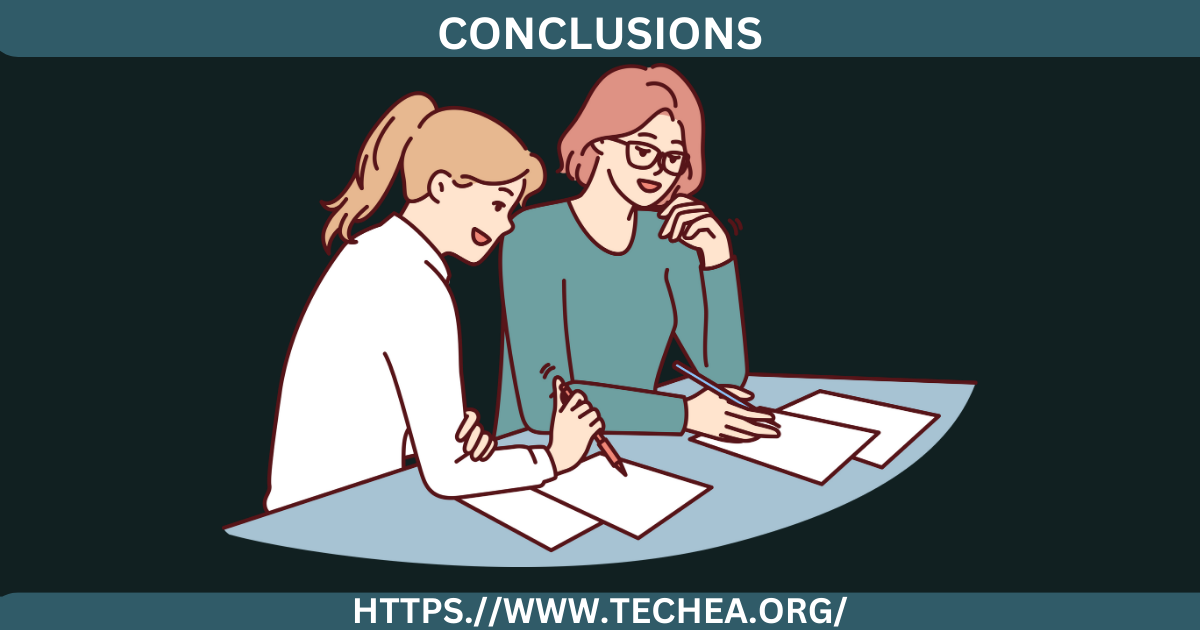
Mind-reading technology’s future is one of never-ending opportunities and lots of challenges. As we start on this journey, it is extremely important that the choices we make are driven by concerns about ethics, scientific seriousness, and a shared dedication to the good of mankind. While mind-reading technology has the opportunity to completely change the way we communicate, we must remain dedicated to protecting respect for humanity and private information about ourselves. Responsible development of this technology requires an unshakable commitment to fundamental ethical principles. As mind-reading technology becomes a reality, its impact will be felt well beyond the realm of the advancement of technology.
